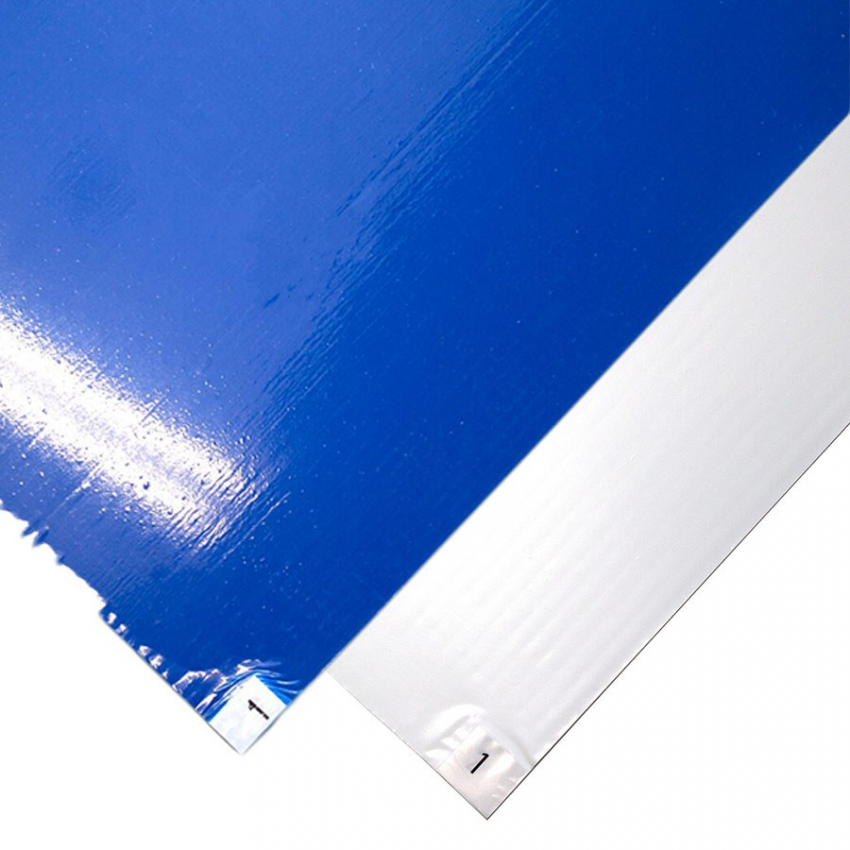













As a first decontamination control point, this anti-contamination mat is made up of single-use, removable sheets. This self-adhesive floor covering captures dirt carried by shoes and wheels, controlling pollutants and limiting the development of microbes, moulds and fungi. Easy to use, simply remove the used sheet to reveal a new one, ready for use.
Available with 30 removable sheets.
Suitable for use in hospitals, cleanrooms, general industrial environments and any space where hygiene is paramount.
![]()
| WC020004 |
Data sheet
| Format | Mat |
| Surface | Full |
| Location | Interior |
| Intensity of passage | Moderate |
| Properties | Antibacterial Fire resistant |
| Thickness | 1.5 mm |
| Sole | Self-adhesive |
| Resistant to chemicals | No |
| Environment | Dry environments |
| Operating temperature | 0°C to +60°C |
| Wear index | 2/3 (Very good) |
Industrial mats meet the needs of ergonomic workstations and employee well-being.
They prevent:
There are many uses for industrial mats:
Safety criteria: The mat must cover the entire workstation, be firmly attached to the floor, not shift or slide, and have bevelled edges to prevent falls.
Thickness and flexibility criteria: Contrary to what you might think, you shouldn't choose a very thick or very soft mat. The mat should have a certain elasticity, but still allow a comfortable standing position, without the user feeling slumped.
Environmental criteria :
Environmental hazard criteria : To establish more precise characteristics for a mat (antistatic properties or fire resistance etc...) we need to take into account the hazards present in the environment where the mat will be installed.
Where hazardous liquids are present in the working environment, the anti-slip properties and chemical resistance of industrial mats should be taken into account. The presence of openings on mats to allow the evacuation of fluids is essential.
Traffic criteria: We need to take into account the traffic that takes place on the equipment: how many workers can walk on it? How often, etc., in order to choose the most suitable mat.
Prevent the many problems associated with poor workstation ergonomics: RSI, static shock, bacterial proliferation, etc.
We offer a wide choice of industrial mats: on rolls, in standard sizes, made-to-measure or modular mats to suit all types of workstations.